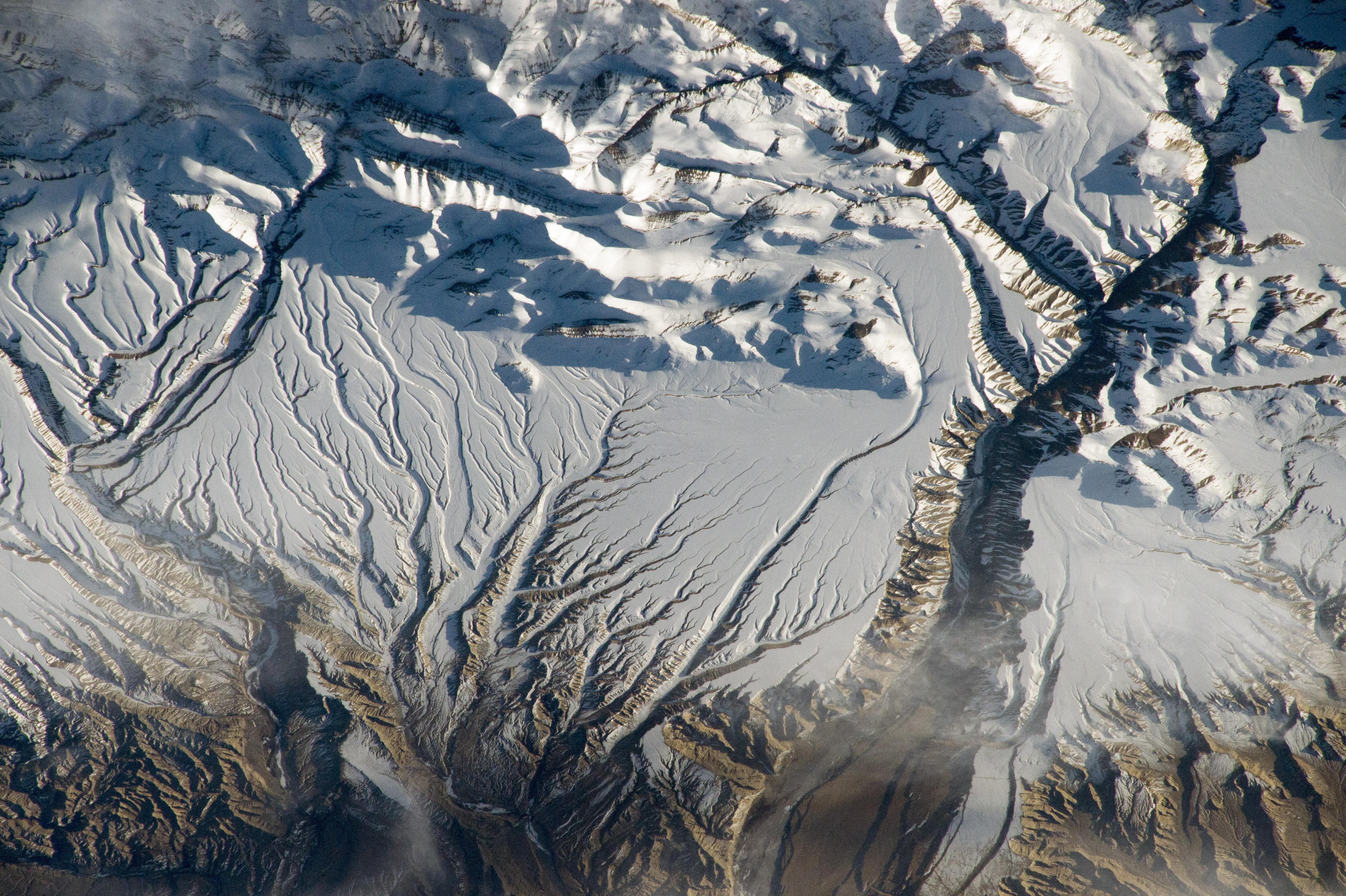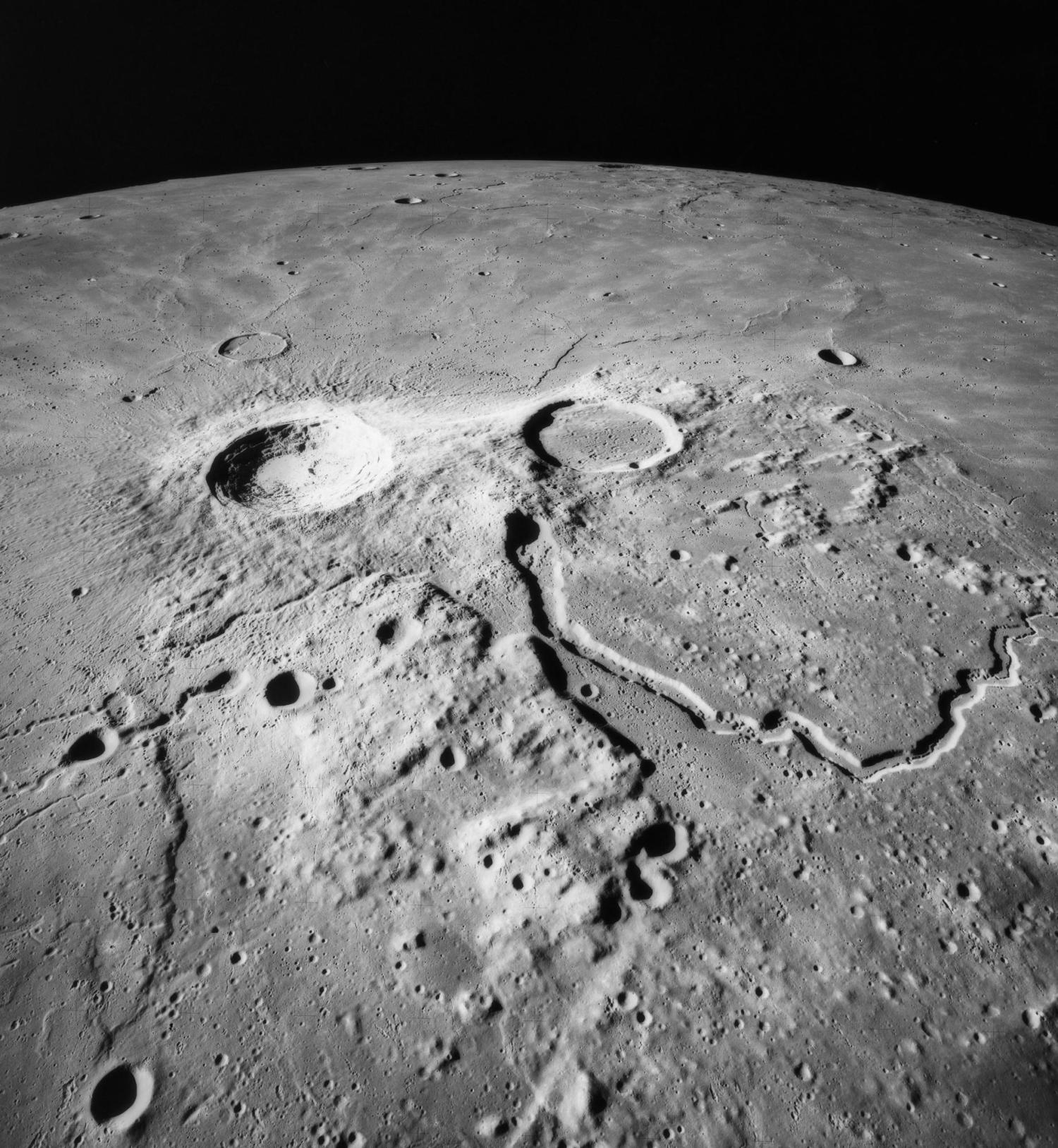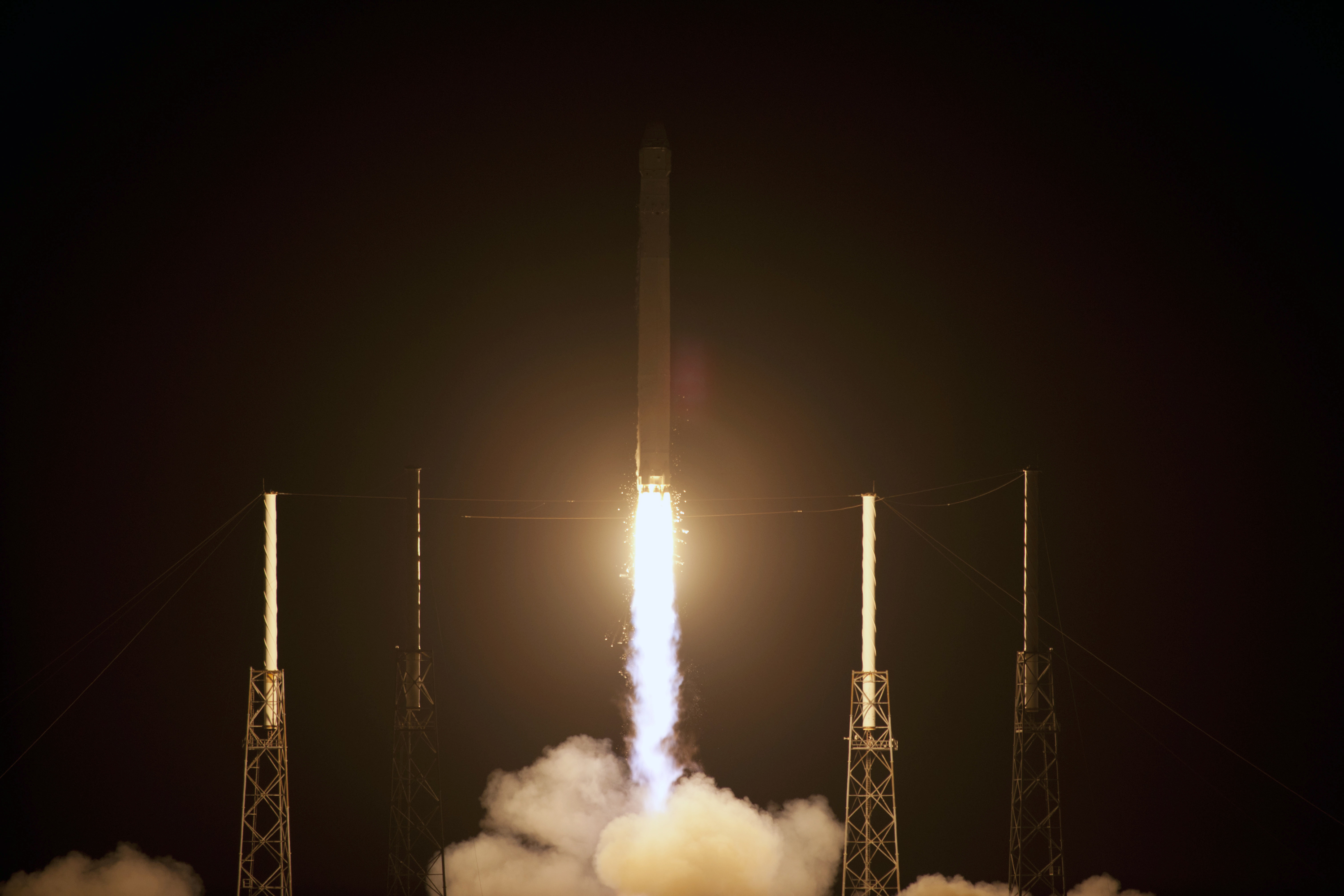
Galaxy Used as ‘Cosmic Telescope’ to Peer Back in Time
Using a background galaxy as a spotlight, scientists were able to study a cloud of gas as it was magnified by a galaxy cluster.

What’s Up: The Sun and the Sombrero
This week, Erik teaches us how to make a pinhole solar viewer for looking at the Sun. Also, objects in the Virgo constellation make fantastic nighttime objects.

Hubble Spies String of Star-Forming Regions and Layered Gas in a Galaxy
The Hubble Space Telescope releases a pair of images — one featuring Hickson Compact Group 31 and the other elliptical galaxy NGC 474.

Using Ant Trails to Help Measure Snow Depth from Space
Modifying data on how far ants travel in their underground nests, NASA engineers have begun measuring how long photons travel in snowbanks to gauge depth.

Four Stars Pushed Toward One Explosion by Evolution
HD 74438 turns out to be a double binary star system whose distant future evolution could result in one or more supernovae as they spiral inward.

How to Drink Lunar Volcano Water
Early and frequent volcanic eruptions on the Moon may have led to the formation of thick ice sheets which are now buried under layers of regolith.

Unmixed Batter from the Solar System’s Formation
A pocket of material found here on Earth within a fragment of a comet is best explained as the raw ingredients from a type 1a supernova.

This Week in Rocket History: SpaceX COTS 2+
This week in rocket history, we look back at SpaceX’s Commercial Orbital Transportation Services Demonstration 2+ back in 2012.

Rocket Launch Pollution Studied
A team studied the effects of a simulated rocket plume to find how much nitrogen oxide and carbon dioxide entered the atmosphere.

InSight Reaching End of Mission
Due to the amount of martian dust collecting on NASA InSight’s solar panels, the mission is expected to wind completely down by the end of the year.




 Join the Crew!
Join the Crew!
 Escape Velocity Space News
Escape Velocity Space News